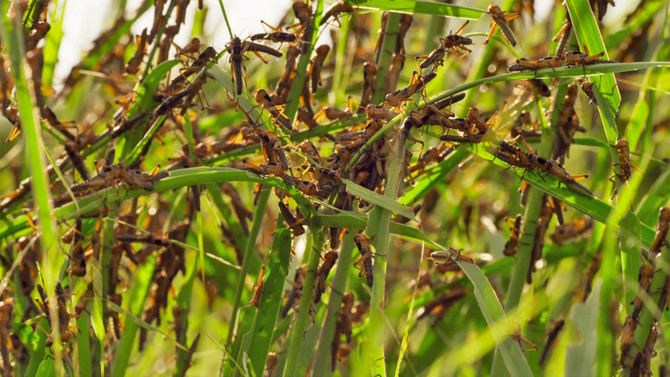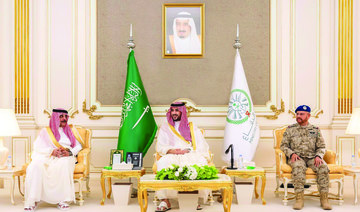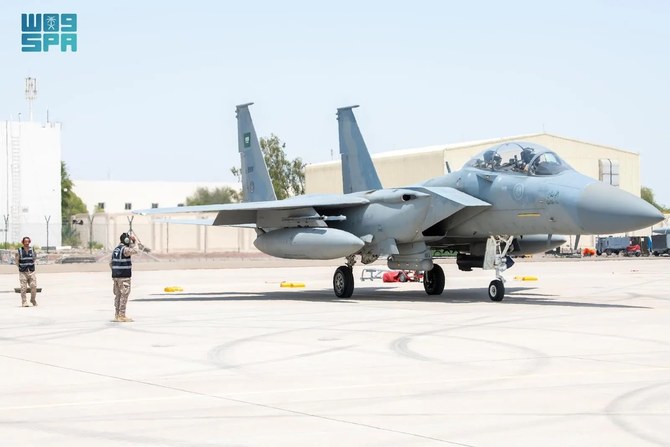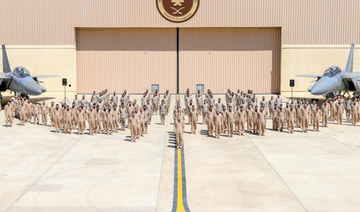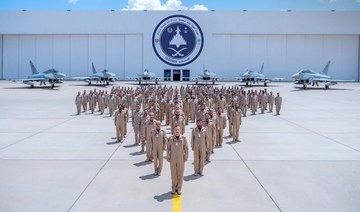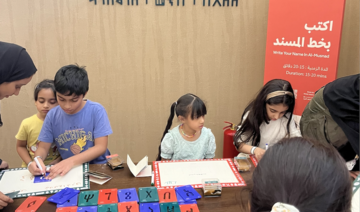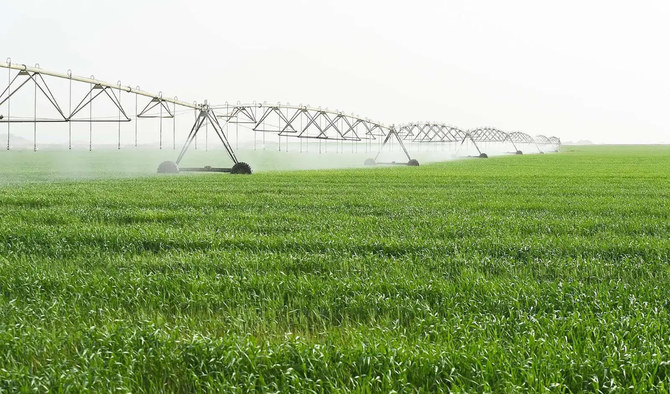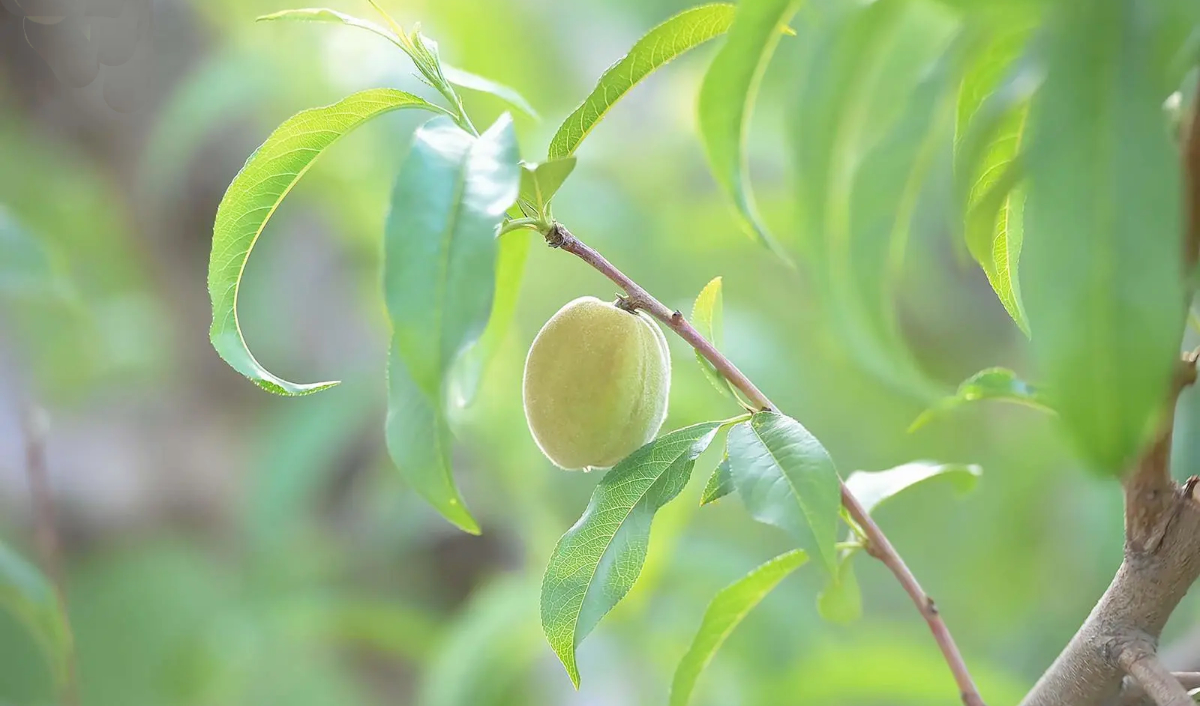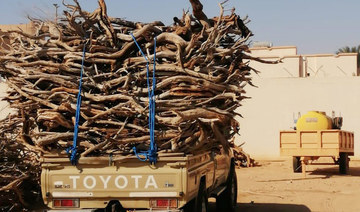DUBAI: It is considered one of the world’s most dangerous pests due to its ability to reproduce rapidly, fly vast distances and devastate crops. Now the desert locust is threatening large swaths of Saudi Arabia in one of the worst outbreaks of recent times.
Last month, the UN Food and Agriculture Organization (FAO) issued a warning on the surge in desert locust numbers threatening the Arabian Peninsula, particularly the Kingdom. The UN alert follows heavy rainfall in eastern Sudan, which created favorable conditions for locust reproduction and migration.
And while the organization praised Saudi Arabia for its advanced national programs to combat outbreaks of the fearsome insect, international experts warn that the weather conditions that encouraged recent swarms may be a symptom of climate change that could leave its mark on food security in the region.
“One of the scenarios under climate change is an increase in the frequency of unusually heavy and short-lived rainstorms,” Keith Cressman, senior locust forecasting officer at the FAO, told Arab News. “If this is the case, then it could result in a greater frequency of favorable breeding conditions for outbreaks to develop.”
The FAO said last month’s locust outbreak in Sudan and Eritrea spread rapidly along both sides of the Red Sea to Saudi Arabia and Egypt, threatening crops.
“Good rains along the Red Sea coastal plains in Eritrea and Sudan have allowed two generations of breeding since October, leading to a substantial increase in locust populations and the formation of highly mobile swarms,” it said.
At least one swarm crossed to the northern coast of Saudi Arabia in mid-January, with further swarms a week later.
Arianne Cease, assistant professor at the Global Institute of Sustainability and School of Life Sciences, and director of the Global Locust Initiative at Arizona State University, said the Red Sea coast is a common area for winter/spring breeding, so an outbreak is not unusual for this time of year.
However, she warned that global warming could lead to further plagues of locusts, with devastating effects on agriculture, in the future.
“Because insects are typically the same temperature as their environment (unlike people), small changes in temperature can have a dramatic effect on populations,” said Cease. “Rising temperatures can hasten maturation time, meaning more locust generations in a shorter period, and can also allow locusts to spread to higher elevations.
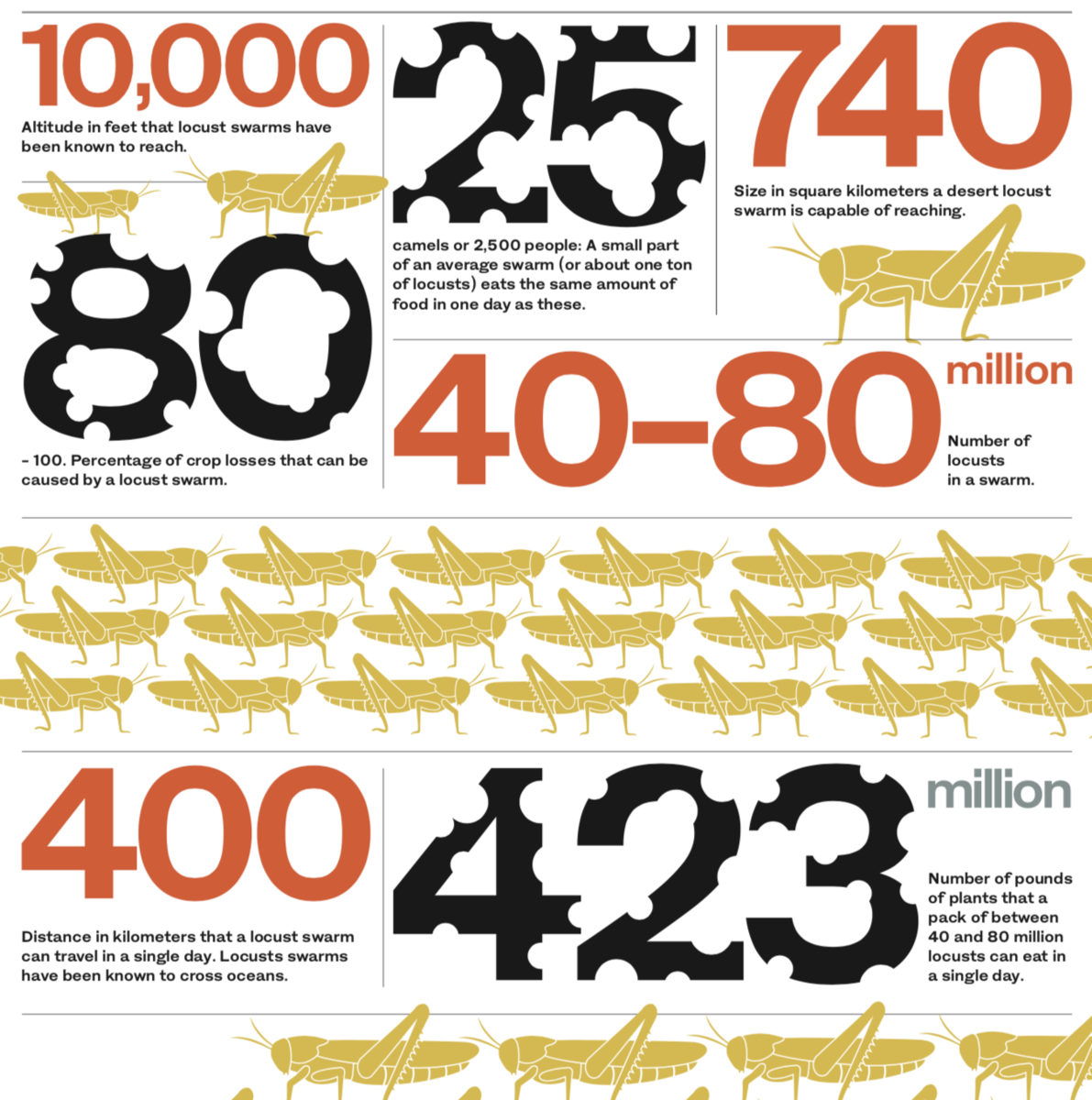
“In general, locust outbreaks are expected to become more frequent and severe under climate change.”
Locusts are harmless when solitary, experts say. Problems arise when they congregate in groups, becoming more abundant and voracious. A desert locust swarm can cover 740 sq km, with up to 80 million insects, and can travel up to 400 km a day.
In the immature adult phase, a locust can consume its own weight — about 2 g — in vegetation every day, according to the FAO. A small part of an average swarm can eat the same amount of food in one day as 10 elephants, 25 camels or 2,500 people.
In turn, swarms can threaten crop production. “Desert locusts are known to attack farmers’ fields and can eat their crops in a single morning,” warned Cressman.
When a locust swarm lands, they can cause crop losses of between 80 to 100 percent.
“This is particularly devastating for subsistence farmers, who depend on their crops to feed their families,” said Cease.
The FAO said rain from two cyclones in 2018 had triggered locust breeding in Saudi Arabia’s Empty Quarter, near the Yemen-Oman border, and swarms from two generations had reached the UAE and southern Iran.
“Despite advances in technology, communications and awareness, there will always be times when locusts increase in number due to favorable climatic and ecological conditions,” said Cressman. “Unusually good rains on the Eritrean coast last July followed by good rains in eastern Sudan at the end of last summer created favorable conditions for locust reproduction.”
Each generation, said Cressman, takes about three months, and locust numbers increase 20-fold.
As vegetation dries out, locusts concentrate in green vegetation to form hopper bands and adult swarms.
In January, a massive swarm of locusts descended on Makkah, forcing experts to send specialized sanitation crews to tackle the plague.
“We have harnessed all efforts available to speed up the eradication of the insects in the interest of the safety and comfort of guests to God’s house,” Makkah’s municipal authority said at the time.
Cressman said the FAO Desert Locust Information Service maintains contact with all countries and monitors the situation carefully. But the next few months will be a testing time for the Kingdom, he said.
“As conditions dry out along both sides of the Red Sea, any swarms that are not detected or controlled will almost certainly migrate to the spring breeding areas of the interior of Saudi Arabia.
“There is a low risk that a few adult groups or a few small swarms may appear in southern areas of Jordan and Israel during periods of southerly winds that can carry the locusts from the northern Red Sea coastal plains of Saudi Arabia to these areas.
“Both countries are on alert. Similarly, a few more small infestations may arrive on the southern coast of Iran, which is also another area of breeding during the spring,” he said.
The next three months will be “critical” to bringing the locust situation under control before summer breeding starts, Cressman said.
Countries are considerably better equipped to deal with locust swarms than before, he said, thanks to more sophisticated control and monitoring capacities.
He praised Saudi Arabia for introducing stringent measures to protect crops from the pests. “The FAO and its regional locust commission have spent decades building up the national capacities of countries to manage outbreaks. Twelve outbreaks in the past five years were all controlled successfully.”
Cressman said that this success showed that countries such as Sudan, Egypt, Eritrea and Saudi Arabia have the resources and trained manpower to cope with an outbreak.
Cease said that monitoring and treatment of high-density pockets of juvenile locusts before they mature could stop swarms from developing.
“Once they are adults and can fly, locusts become much more difficult to track, manage and stop from flying into agricultural areas,” she said.
Managing locusts requires a “tremendous team effort of individuals working together across sectors and borders.”
Without that, locusts — which can survive and breed in countries from West Africa to the Indian subcontinent — will present a growing threat, destroying crops in the most impoverished countries and threatening food security in wealthier nations.


